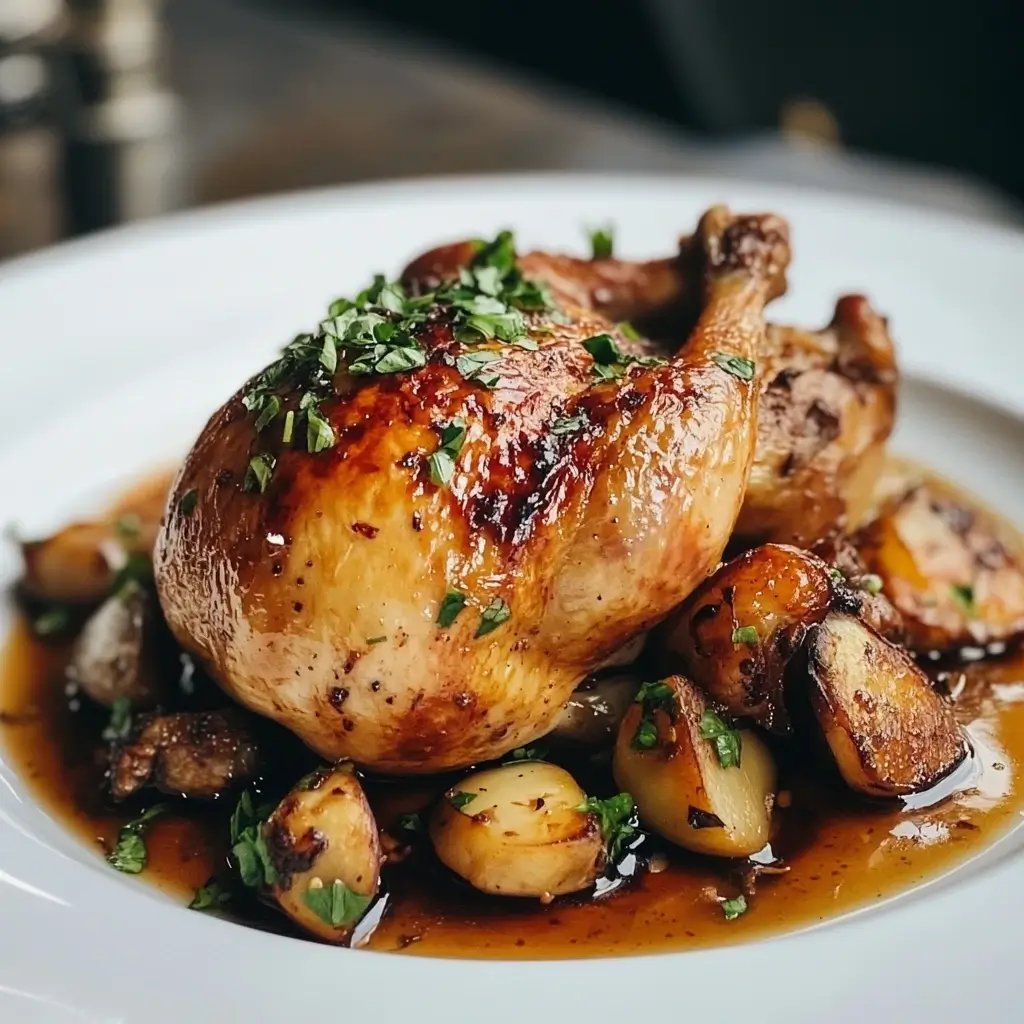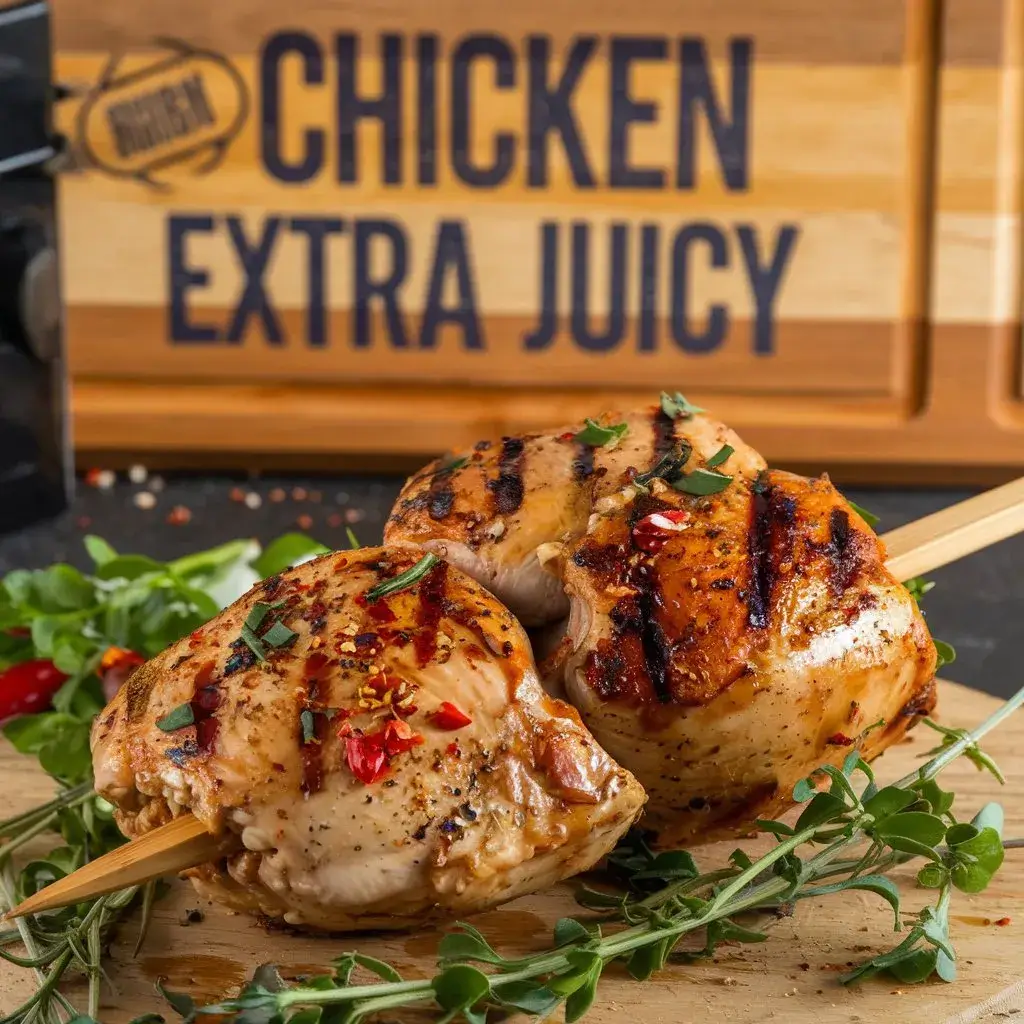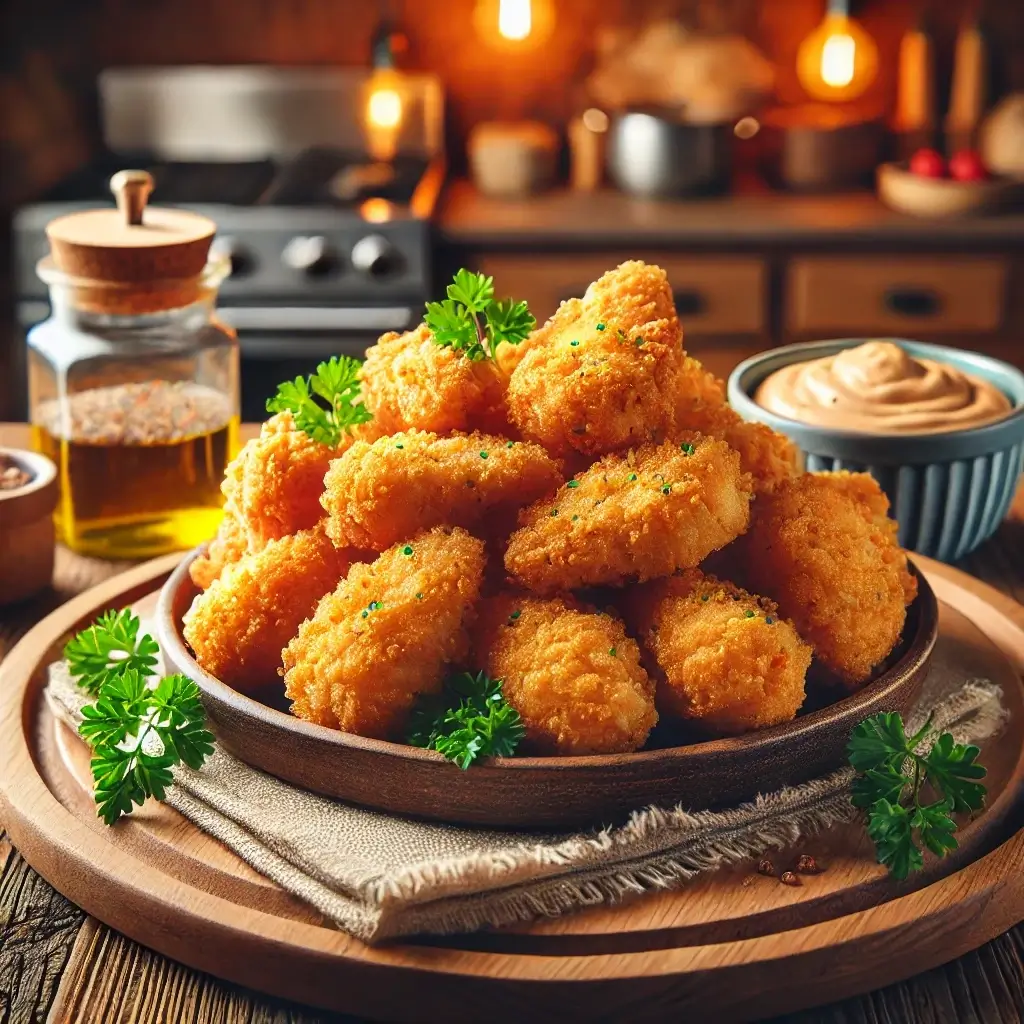Chicken is a staple protein in many households, but one of the biggest challenges home cooks face is preventing it from turning dry and tough. Whether it’s overcooking, improper preparation, or using the wrong cooking techniques, dry chicken can be disappointing.
Moisture retention is key to achieving juicy, flavorful chicken, and understanding how to lock in those natural juices can make all the difference. By using the right methods—such as brining, marinating, and proper cooking temperatures—you can elevate your chicken dishes to restaurant-quality results.
In this guide, we’ll cover expert techniques to ensure your chicken extra juicy stays moist, tender, and packed with flavor every time you cook. Whether you’re roasting, grilling, or pan-searing, these tips will help you master the art of juicy chicken!

1. Choose the Right Chicken Cut for Maximum Juiciness
Not all chicken cuts are created equal when it comes to moisture and tenderness. Selecting the right cut is the first step to ensuring a juicy and flavorful result.
• Bone-in vs. Boneless: Why Bone-in, Skin-on Cuts Retain More Moisture
Bone-in, skin-on chicken extra juicy pieces help lock in natural juices while cooking. The bone acts as an insulator, preventing the meat from drying out too quickly, while the skin adds an extra layer of protection, keeping moisture trapped inside.
• Thighs vs. Breasts: Thighs Naturally Have More Fat and Stay Juicier
Chicken thighs contain more fat than breasts, making them naturally more tender and forgiving when cooked. If you’re looking for the juiciest option, opt for thighs over breasts, especially for grilling or roasting.
• Organic vs. Conventional: How Higher-Quality Chicken Impacts Tenderness
Organic and pasture-raised chickens tend to have a higher fat content and better muscle structure, which translates to more flavorful and juicier meat. Conventional chicken, while more affordable, can sometimes be leaner and more prone to drying out.
2. The Power of Marinades and Brining
Using the right techniques before cooking can dramatically enhance the juiciness of chicken. Marinades and brining are two of the best ways to ensure your chicken stays tender, flavorful, and moist.
• Why Marination Works: Breaks Down Proteins and Infuses Flavor
Marinating chicken isn’t just about adding flavor—it also helps break down muscle fibers, making the meat more tender. Acidic ingredients like lemon juice or yogurt help gently denature proteins, allowing seasonings and moisture to penetrate deeper.
• Best Marinade Ingredients: Buttermilk, Yogurt, Citrus, Olive Oil, Herbs
A great marinade should have a balance of acid, fat, and flavor enhancers:
- Buttermilk & Yogurt – Naturally tenderize while adding creaminess.
- Citrus & Vinegar – Provide brightness and break down proteins.
- Olive Oil – Helps retain moisture and carries flavors.
- Herbs & Spices – Enhance depth of flavor.
• Brining for Juiciness: How a Saltwater Soak Prevents Dryness
Brining involves soaking chicken in a saltwater solution, which helps the meat retain moisture during cooking. The salt alters the muscle fibers, allowing them to absorb and hold onto water, reducing the risk of dryness. A simple brine (water, salt, and sugar) can make a huge difference, especially for lean cuts like chicken breasts.
3. Cooking Techniques That Lock in Moisture
The way you cook chicken extra juicy significantly affects its juiciness. Using the right temperature, searing techniques, and slow-cooking methods can help lock in moisture and prevent dryness.
• The Role of Temperature: Cooking at 375-400°F (190-200°C) for Best Results
Cooking chicken at the correct temperature ensures that it stays juicy without drying out.
- Too high (above 425°F/218°C) – Can cause the outside to cook too fast while leaving the inside dry.
- Too low (below 325°F/163°C) – Can lead to a longer cook time, allowing moisture to escape.
- Ideal range (375-400°F/190-200°C) – Cooks evenly while retaining moisture.
For perfectly cooked chicken, always use a meat thermometer and cook until:
- Chicken breasts reach 165°F (75°C).
- Thighs and drumsticks are best at 175-185°F (80-85°C) for extra tenderness.
• Searing for a Crispy Exterior: How High Heat Seals in Juices
Searing chicken over high heat creates a golden, crispy crust that helps keep moisture inside.
- Use a hot pan with oil and sear for 2-3 minutes per side before finishing in the oven.
- This technique works well for bone-in, skin-on chicken, locking in natural juices.
• Slow Cooking & Sous Vide: Gentle Methods for Ultimate Tenderness
For an ultra-juicy result, slow and controlled cooking methods work best:
- Slow Cooker – Uses low heat and moisture to break down connective tissues, making chicken incredibly tender.
- Sous Vide – Cooks chicken in a temperature-controlled water bath, preventing overcooking while keeping all the juices inside.
These methods are especially great for lean cuts like chicken breasts, ensuring they come out tender and flavorful every time.
4. Avoid Overcooking – Use a Meat Thermometer!
One of the biggest mistakes that lead to dry chicken extra juicy is overcooking. A meat thermometer is the best tool to ensure your chicken is perfectly cooked without drying out.
• Ideal Internal Temperatures
Cooking chicken to the right internal temperature is key to achieving juicy, tender meat while ensuring it’s safe to eat.
- Chicken breasts: 165°F (75°C) – Cooking beyond this can dry them out.
- Chicken thighs and drumsticks: 175-185°F (80-85°C) – The extra fat and connective tissue make them more forgiving.
• Checking Doneness Properly: How to Use a Digital Thermometer
Using a digital meat thermometer ensures precision and prevents overcooking:
- Insert the thermometer into the thickest part of the meat, avoiding bones.
- Wait for the reading to stabilize—ensure it reaches the ideal temperature.
- If cooking whole chicken, check the thigh (near the bone) and breast separately.
• Carryover Cooking Effect: Why Chicken Continues to Cook After Being Removed from Heat
Chicken continues to rise in temperature even after being removed from heat—this is known as carryover cooking.
- For chicken breasts, remove from heat at 160°F (71°C) as it will rise to 165°F (75°C).
- Resting meat for 5-10 minutes allows juices to redistribute, keeping it moist.
By avoiding overcooking and using a thermometer, you’ll never end up with dry, rubbery chicken again!

5. Resting and Slicing for Maximum Juiciness
Even if you cook chicken perfectly, improper resting and slicing can lead to lost moisture and a drier texture. Follow these final steps to lock in juiciness before serving.
• Why Resting is Crucial: Allows Juices to Redistribute
Right after cooking, chicken’s juices are concentrated in the center. Cutting into it too soon will cause these flavorful juices to spill out, leaving the meat dry. Resting allows the juices to redistribute evenly, keeping every bite tender.
• How Long to Rest Chicken: At Least 5-10 Minutes
The resting time depends on the size and cut of the chicken:
- Chicken breasts: 5 minutes
- Thighs and drumsticks: 5-7 minutes
- Whole roasted chicken: 10-15 minutes
Cover the chicken loosely with foil to retain heat while allowing moisture to settle.
• Slicing Against the Grain: Helps Keep Each Bite Tender
Slicing with the grain results in stringy, tough pieces. Instead, always slice against the grain—cutting perpendicular to the natural muscle fibers. This shortens the fibers, making the chicken much softer and easier to chew.
By letting your chicken rest properly and slicing it the right way, you’ll enjoy maximum juiciness in every bite!

Conclusion
Achieving perfectly juicy chicken isn’t complicated—it’s all about using the right techniques. Let’s recap the key takeaways:
- Choose the right cut – Bone-in, skin-on pieces and chicken thighs retain more moisture.
- Marinate or brine – These methods help break down proteins and infuse moisture.
- Use proper cooking techniques – High heat searing, sous vide, and slow cooking prevent dryness.
- Check the temperature – A meat thermometer ensures your chicken is cooked to the ideal doneness.
- Let it rest and slice properly – Resting allows juices to redistribute, and slicing against the grain keeps the meat tender.
Now, it’s your turn. Try these expert tips and see the difference in your next chicken dish. Have a favorite method for keeping chicken juicy? Share your tips in the comments.
“Looking for the best chicken recipes this year? Check out The Ultimate Chicken Recipes of 2025 for top


3 thoughts on “How To Make Chicken Extra Juicy – Expert Tips For The Best Results!”